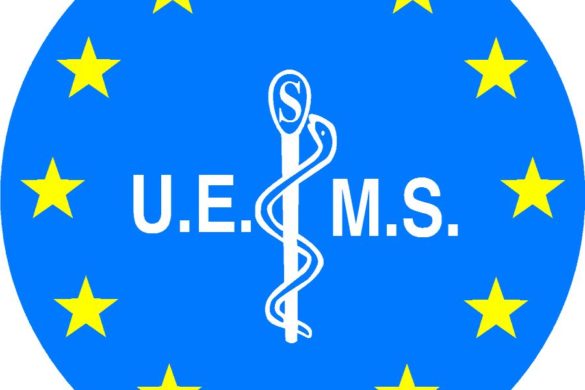Polman, CH.; Reingold, SC; Banwell, B; et al. ANNALS OF NEUROLOGY Volume: 69 Issue: 2 Pages: 292-302 Published: FEB 2011
Abstract:
New evidence and consensus has led to further revision of the McDonald Criteria for diagnosis of multiple sclerosis. The use of imaging for demonstration of dissemination of central nervous system lesions in space and time has been simplified, and in some circumstances dissemination in space and time can be established by a single scan. These revisions simplify the criteria, preserve their diagnostic sensitivity and specificity, address their applicability across populations, and may allow earlier diagnosis and more uniform and widespread use.
Comment by Johann Sellner & Jörg Kraus
In the latest 2010 revision, an international panel refined the underlying concepts of both the original „McDonald criteria“ of 2001 and the revision of 2005. The aim was to simplify the diagnosis of multiple sclerosis (MS) by means of easier applicable diagnostic criteria while maintaining a high degree of both specificity and sensitivity. The MR-examination remains the backbone of the criteria, whereas positive CSF findings do no longer support dissemination in space (DIS) when MRI requirements are not fulfilled. Further notes were made for pediatric MS and in Asian and Latin American populations.
The diagnosis continues to be based on three steps. First, the recognition of the demyelinating event, which necessitates correct interpretation of signs and symptoms. The second step is the fulfillment of MRI criteria for DIS and dissemination in time (DIT). In the 2010 revision the DIS requirements were simplified by replacing the Barkhof with the MAGNIMS consortium criteria. DIS is now demonstrated by ≥1 T2 lesion in at least 2 of 4 areas of the CNS (periventricular, juxtacortical, infratentorial, spinal cord). DIT is fulfilled by 1) new T2 and/or gadolinium-enhancing lesion(s) on follow-up MRI, with reference to a baseline scan, irrespective of the timing of the baseline MRI, or 2) simultaneous presence of asymptomatic gadolinium enhancing and non-enhancing lesions at any time. Subsequently, the diagnosis of MS is possible at the first clinical event and demonstration of DIS & DIT in the initial MRI. The diagnostic criteria for primary progressive MS remained unchanged, except for DIS. Here, ≥1 T2 lesion in at least one of the brain areas characteristic for MS (see above) is mandatory.
The diagnosis of MS requires exclusion of diseases that could better explain the clinical and paraclinical findings. Thus, the third step pertains to the exclusion of alternative causes. While the panel concluded that CSF findings can confirm the inflammatory condition, point at alternative diagnosis and predict clinically-definite MS, the examination has been dropped from the list of supportive tools.
Taken together, the updated criteria will simplify the diagnostic work-up and enable diagnosis already on the basis of the MRI scan performed with a typical initial clinical manifestation in a subgroup of patients. Not only an earlier diagnosis is achievable but also fewer MR-images and lower costs for the work-up can be expected. Whether an oversimplified diagnostic process hinders efforts towards in-depth differential diagnosis and whether MS mimics will be missed by dropping CSF analysis from the list of supportive examinations are issues which can only be proven in inception studies.
Johann Sellner is neurologist, working at the Departments of Neurology at the Klinikum rechts der Isar, Munich and Christian Doppler Klinik in Salzburg, Austria. He is Past President of the EAYNT.
Jörg Kraus is neurologist working at the Department of Neurology, Christian Doppler Klinik in Salzburg, Austria.







